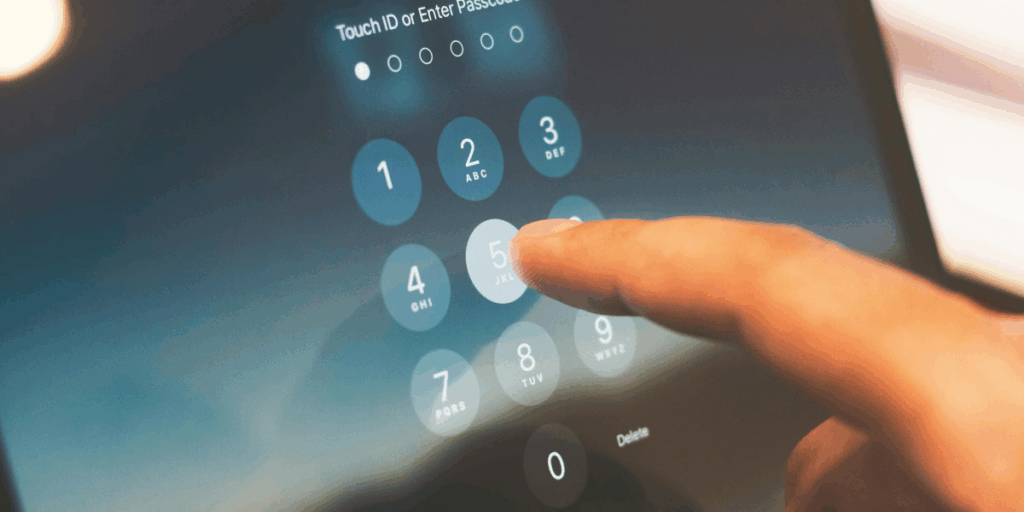When the first password was created in the early 1960s for a computer at MIT, it was a simple string of characters meant to keep one researcher’s work separate from another’s. At the time, no one could have imagined how critical passwords would become in the decades ahead. Today, they are the keys to almost every aspect of our digital lives — from personal emails and online shopping accounts to corporate networks and sensitive medical records.
Yet for all their importance, passwords are still treated carelessly by many. Studies routinely show that “123456” and “password” remain among the most commonly used logins. It is a startling reminder that while technology has advanced at breathtaking speed, human behavior has been slower to adapt. And that gap is exactly where cybercriminals thrive.
💡 You can also download this resource as a PDF here.
The Rising Stakes of Digital Access
Consider the scale of the modern digital landscape. The average person now manages dozens of online accounts. Every one of these accounts represents a potential entry point for attackers. A weak password on a social media account may not seem like much, but if that same password is reused for an email or a workplace login, the consequences can quickly escalate.
The numbers tell the story. According to multiple cybersecurity reports, weak or stolen passwords account for a significant share of hacking-related breaches. These breaches can result in stolen bank details, identity theft, corporate espionage, or simply the frustration of a hijacked personal account. What is at stake is not only convenience, but trust, reputation, and financial stability.
What Makes a Password Strong?
A strong password is one that resists both guessing and automated “brute-force” attacks, where computers attempt thousands of combinations per second. The ingredients are straightforward:
- Length: A minimum of 12 characters, though security experts increasingly recommend going longer.
- Complexity: A blend of uppercase and lowercase letters, numbers, and symbols.
- Unpredictability: Avoiding words or patterns that can be guessed from personal information, such as names, birthdays, or favorite sports teams.
- Uniqueness: Never reusing the same password across multiple accounts.
One of the most effective strategies is to use a passphrase — a sequence of unrelated words combined with symbols or numbers. A phrase like Giraffe!Radio77-Harbor is both easier to remember and exponentially harder to crack than a short, simple password.
But memory has its limits. Few people can reliably manage dozens of complex and unique passwords. This is where password managers prove invaluable. These tools store credentials securely and can generate randomized strings for new accounts, reducing the temptation to fall back on weak, repeated logins.

Beyond Passwords: The Rise of Two-Factor Authentication
Even the strongest passwords can be compromised. Phishing emails, data breaches, or simple human error can all expose them. That’s why two-factor authentication (2FA) has emerged as one of the most effective ways to safeguard digital access.
With 2FA, a login requires not only a password but also a second piece of verification. This could be a code sent to a mobile phone, an approval through an authentication app, or even a biometric factor such as a fingerprint or facial scan. The principle is simple: even if an attacker obtains a password, access is blocked without the second factor.
Many major services — from banks to email providers — now encourage or even require two-factor authentication. While it may add a few extra seconds to the login process, the protection it offers is invaluable. In the world of cybersecurity, inconvenience is often the price of safety.
Everyday Practices for Stronger Security
Improving password security does not require advanced technical knowledge. Instead, it comes down to consistent habits and awareness. Some of the most effective practices include:
- Avoid predictable choices. Names, birthdays, and common sequences are the first things attackers try.
- Use passphrases rather than passwords. They are easier to remember and harder to guess.
- Separate professional and personal accounts. A compromised personal login should not provide access to work systems.
- Change passwords regularly, especially for sensitive accounts such as banking, healthcare, or corporate systems.
- Enable two-factor authentication wherever possible, particularly for email and financial accounts.
- Stay alert to phishing attempts. No password, however strong, can protect against willingly handing over credentials to a fraudulent request.
These practices may seem simple, but their collective impact is profound.
The Human Factor
Technology provides the tools for stronger security, but human behavior remains the linchpin. Convenience often wins out over caution, leading to shortcuts like reusing passwords or ignoring 2FA prompts. Yet cybersecurity is not just a technical problem; it is a cultural one.
Organizations are beginning to recognize this by investing in employee training and awareness campaigns. At the individual level, cultivating good password habits is as essential as locking the front door at night. Just as we teach children to look both ways before crossing the street, building a culture of digital safety should become second nature.

A Moment of Reflection
Password security is easy to overlook in the rush of daily life. Logging in is a routine action, often performed without thought. But in that routine lies risk. Every account, whether personal or professional, is a potential target.
The question worth asking is simple yet vital: Are your passwords strong enough to protect what matters most? If the answer is uncertain, the time to act is now. Updating a weak password takes only minutes, but the consequences of inaction can last much longer.
Key Takeaways
- Strong passwords should be long, complex, and unique.
- Password managers simplify the process of maintaining secure credentials.
- Two-factor authentication provides critical additional protection.
- Weak or reused passwords are a leading cause of data breaches.
- Simple, consistent habits can drastically reduce cybersecurity risks.
About the Author: Jennifer Lemke has been in the K-12 student services industry since 2016, bringing expertise in business operations, office management, and contract oversight. At Go Solutions, she manages renewals, quality control, and proposal content while ensuring contract accuracy. Her attention to detail and ability to analyze complex information allow her to craft clear, precise documentation that supports business development, sales, and marketing initiatives. Through research and special projects, she helps drive informed decision-making and strategic growth.





